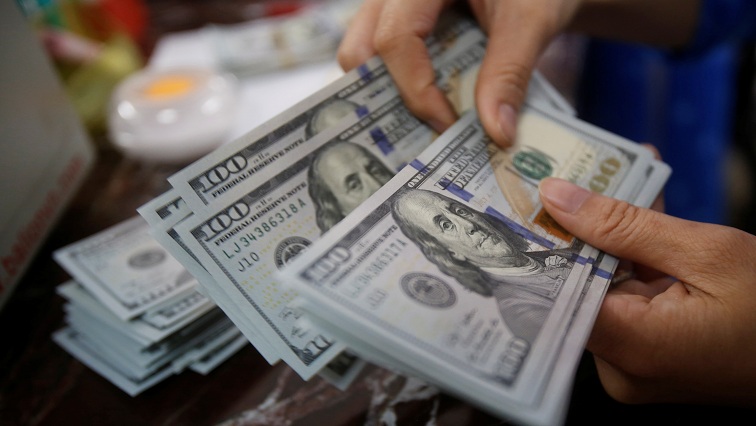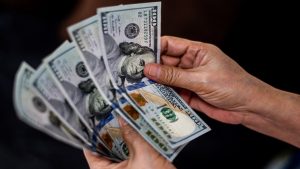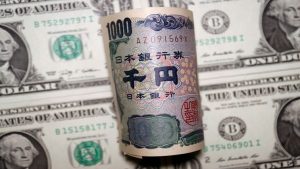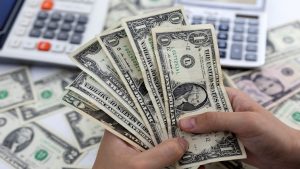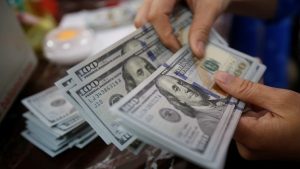The dollar eased to trade in a narrow band on Friday as it headed for a fourth week of gains and traders reduced their bets on how quickly the Bank of Japan might raise interest rates and how soon the Federal Reserve will cut them.
Traders shrugged off revised US monthly consumer prices that rose less than initially estimated in December.
While underlying inflation remained a bit warm, the mixed picture did not shift the outlook on the timing of rate cuts by the Fed.
The annual revisions published by the Labour Department also showed the consumer price index (CPI) increasing slightly more than previously reported in October and November.
“The revisions aren’t going to make the Fed cut rates,” said Steven Ricchiuto, US chief economist at Mizuho Securities USALLC in New York.
“The market’s in a rush, (but) the Fed is sitting there saying we’re not in a rush. Actually, things are really pretty good from their perspective,” he said.
The dollar index fell 0.029% to 104.08, while the euro was up 0.05% to $1.0781.
The widely anticipated revisions are more for economists and are too small to be significant for the market, said Marc Chandler, chief market strategist at Bannockburn Global Forex in New York.
“We’ve had a big move this week and I think they were just consolidating in the FX market,” he said. “The market last year got too aggressive about how far the Fed’s going to cut and when they’re going to begin.”
A raft of Fed officials this week signaled the US central bank has no pressing need to cut rates.
That gave the dollar an extra tailwind that pushed the yen to a 10-week low as traders reduced bets on how quickly the Bank of Japan (BOJ) might raise interest rates.
BOJ Governor Kazuo Ueda said on Friday there was a high chance for easy monetary conditions to persist even after the central bank ends its negative interest rate policy, which the market expects to happen as early as next month.
That echoed dovish comments from his deputy, Shinichi Uchida, a day earlier that “it’s hard to imagine” that rates would rise “rapidly.”
The yen was little changed at 149.24 per dollar after trading at 149.575 earlier, its weakest since November 27.
It is heading for about a 0.58% slide this week, having fallen in value in five out of the last six weeks.
Japanese Finance Minister Shunichi Suzuki said that he was “watching FX moves carefully,” uttering a well-worn phrase for the first time since January 19.
Traders were unfazed by the warning.
The next major scheduled US data release is CPI for January on Tuesday.
Traders have all but ruled out a cut at the Fed’s next policy meeting in March, versus a chance of 65.9% a month ago, according to CME Group’s Fed Watch Tool.
It shows around a 60% chance of a cut by the Fed at its May meeting.
The euro was little changed at $1.0773, while sterling held at $1.260.
Both currencies have been relatively resilient this week, with officials from the European Central Bank and Bank of England pushing back against market wagers on early rate reductions.
The Swiss franc weakened to 0.8762, with the dollar up nearly 1% on the safe haven currency this week, as traders digested data suggesting the Swiss National Bank could be intervening in markets to weaken the franc.


